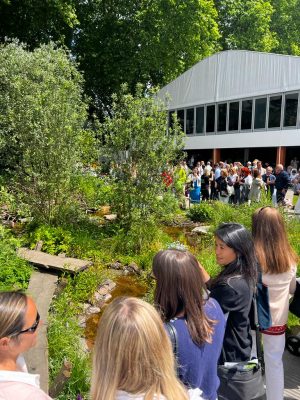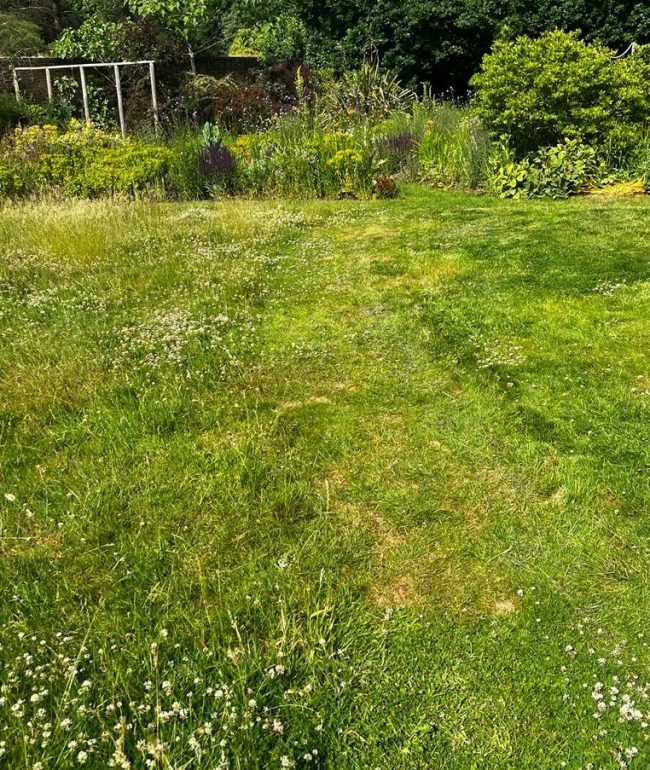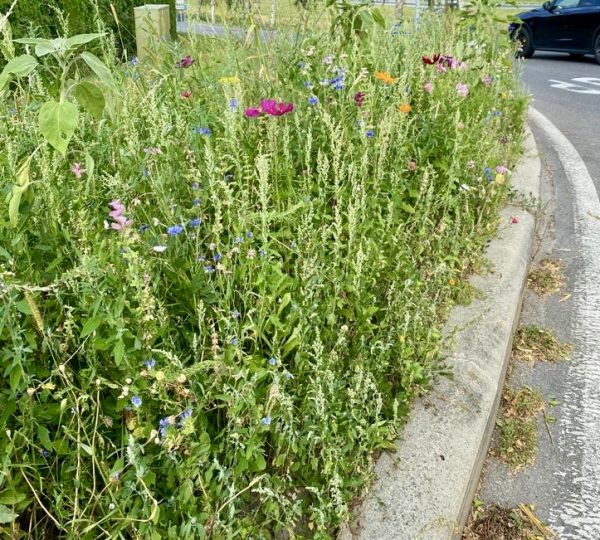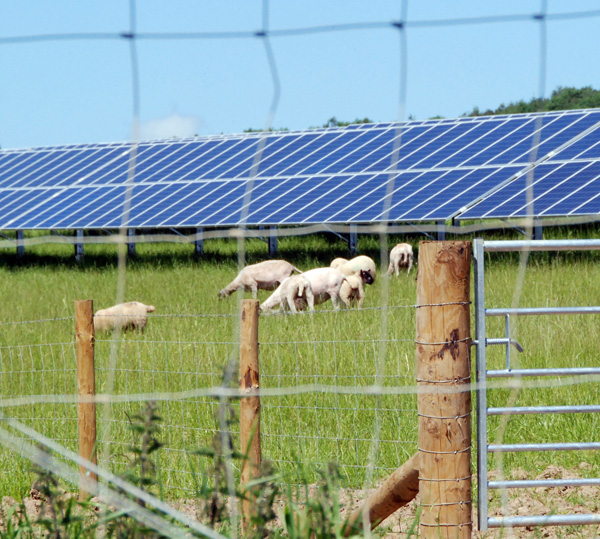Rethinking the British countryside – more trees, fewer sheep?

Perhaps it all started with a "No-shave November" (or "Movember") when men realised that they could go for a month without shaving and no one would mind. It may also have been good for them as they thought more about men's health and they let nature take its course. A few years later people started wondering about other habitual cutting, such as mowing their lawns religiously. "No Mow May" was invented in 2019 by Plantlife with the idea that less cutting of grass would allow wildflowers to flourish. The official reason for this concession to conservation was to allow the wild flowers and pollinators to thrive, but it may also have become popular because it allows maintenance teams to work a bit less hard during May. In any event it's now so popular that about 36% of lawn owners now join in every year. But it's spilled over well beyond just the month of May - many owners of lawns have questioned whether they really want so much short grass when alternatives are more interesting - and better for wildlife. Even at the 2022 Chelsea Flower show there were several gardens demonstrating rewilding.

So rethinking the scorched earth policy has now spread from men's chins to gardens and parks - but will it spread further? What about our hillsides? For eighty years we have been intensively grazing these with sheep and cattle as if our lives depended on it - which maybe they did in 1942, when war-time convoys of food from the US were being torpedoed. Even after grazing ceased to be a necessity sheep continued to dominate our hillsides with grants to sheep farmers making it profitable to use their four-legged lawnmowers at scale. Farmers even grubbed out hedges in the 1970s, described by Oliver Rackham as the locust years, which made the countryside look even neater and tidier. According to DEFRA there are currently about 32 million sheep in the UK, a third of them in Wales. Land used for rough grazing and grassland makes up about 50% of the UK's total land area. So for several generations now the UK has used half of its land to raise animals for eating, but times are changing rapidly. Whereas those with meat-free diets used to be a tiny minority their numbers are growing rapidly - already at least 14% of the population is meat-free and for those of university age (18-23) the number is up to 25%, and rising.
The combination of reduced demand for meat and increasing awareness that we can happily stop cutting the grass is prompting a rethink of how we use the British countryside. Much of the grazing land is not suitable for growing agricultural crops so that leaves owners wondering what to do with their land. Some are choosing rewilding in various ways but usually with far fewer grazing animals, longer grass and more wildflowers.

'rewilding' of roadsides and verges
Others are planting trees and creating new woodlands. Where the land is sold it's often to people who want to plant trees or simply to fence out sheep and allow "natural regeneration" allowing trees to self-select and grow on their own. It's an appealing project for many families to take on 5 acres of grazing land, plant trees and convert it into a wood of their own.
This re-evaluation of how grazing land is used is happening right across the world as plant based diets become more popular and there is potential to re-establish wilder habitats. It's good for carbon emissions - not only because woodland fixes carbon but also because rewilding cuts the number of grazing animals releasing methane: belching by sheep and cattle creates a third of the total emissions of UK agriculture. Despite this, there may be resistance from the powerful National Union of Farmers which mostly represents bigger farmers and which promotes farming as an industry. Farmers already complain about reductions in headcounts of livestock - since the peak in 1992, sheep headcount is down by about a third. But it's also about the way the grant system is structured - millions of sheep only exist because of the farm payments, financed by taxpayers, and the condition of receiving these annual grants is that "unwanted" vegetation and wild plants have to be removed. So even if the sheep don't chomp up biodiversity the farmers have to do it to get their grants.

Sheep grazing around solar array
Even beyond this suppression of diversity, sheep and cattle are damaging in many other ways such as compacting the soil which contributes to flooding and droughts.
Meanwhile the number of men keeping their beards after no-shave November has increased and there are more gardens and parks with wild meadows so maybe the much bigger revolution in rural land use might follow. Governments have had it within their power for decades to reform the grant system but real change may be driven by people's behaviour - eating less meat and planting up their own woodlands.
Comments are closed for this post.
